White Paper Excerpt
How to build a carrier Wi-Fi footprint
Wi-Fi in the 5G era – White Paper
This is an excerpt from our white paper Wi-Fi in the 5G Era – Strategy Guide for Operators. The full white paper is available here if you like what you read. Don’t hesitate to contact us if you have any questions.

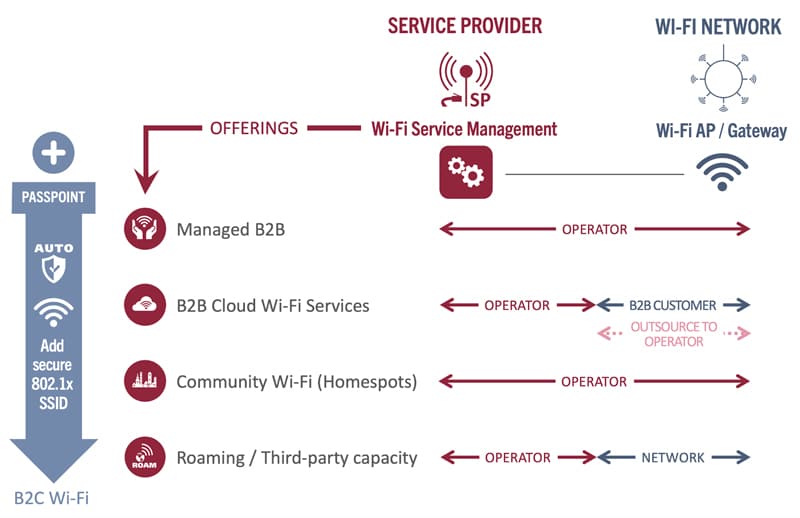
As such the methods are independent and are often used in combination. Aptilo Service Management Platform (SMP) today serves operator customers who are using several of the methods concurrently to build a Wi-Fi footprint.
Operators can use this footprint and add a secure and Passpoint enabled SSID for their own subscribers. This enables operators to monetize indirectly by offloading subscribers securely and seamlessly to Wi-Fi and boost indoor coverage while getting the much-needed additional capacity. Mobile operators can combine this with mobile core integration and SIM authentication.
Operator Managed B2B or B2C Wi-Fi
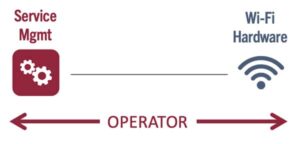
An example of a B2C network of this type is that of Telkom Indonesia, a giant telco operating some 400,000 Wi-Fi access points (including homespots) serving more than 70 million users (this figure includes businesses).
Telkom Indonesia has been using Aptilo service management solutions for six years and counting. Good examples of effective operator managed B2B Wi-Fi service offerings include the small business Wi-Fi services of Aptilo clients NOS Portugal and Swisscom.
For the most part, managed B2B services provide excellent, high margin revenues.
Operator B2B Cloud Wi-Fi Services
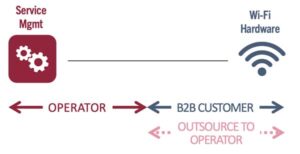
The approach is required when operators want to extend their coverage footprint and business scope simply because most venues already own and operate their own Wi-Fi networks.
Conversely, in some cases Aptilo clients have acquired the Wi-Fi network equipment belonging to certain important customers and locations so as to convert the service to a fully operator managed B2B Wi-Fi.
Community Wi-Fi (Homespots)
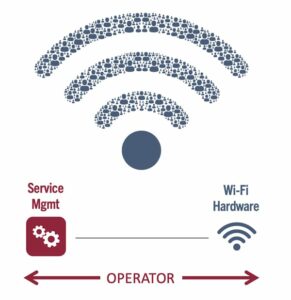
Homespot services are commonly used for ‘Wi-Fi offload’ of mobile data from for example cableco MVNO subscribers.
For example: Spectrum Mobile – the MVNO services arm of US cableco Charter Communications – uses such a scheme to keep their subscribers connected on Charter-owned ‘homespots’ as much as possible.
Some service providers also configure their business customers’ Wi-Fi to serve multiple functions: Wi-Fi for the business at which it is installed as well as for public Wi-Fi.
Third-Party Wi-Fi Services & Roaming
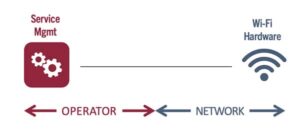
Aptilo Networks is currently contributing to the ongoing international collaborative work on the Wireless Broadband Alliance’s OpenRoaming initiative, discussed in the full white paper, which at some point may allow the means for mobile subscribers to roam onto Wi-Fi services at stadiums, malls, or even onto the properties of certain hotel chains.



